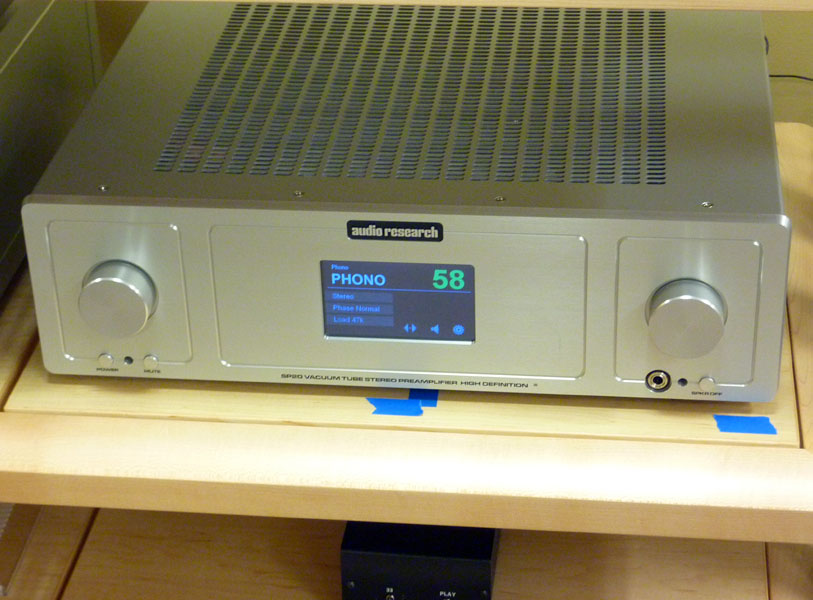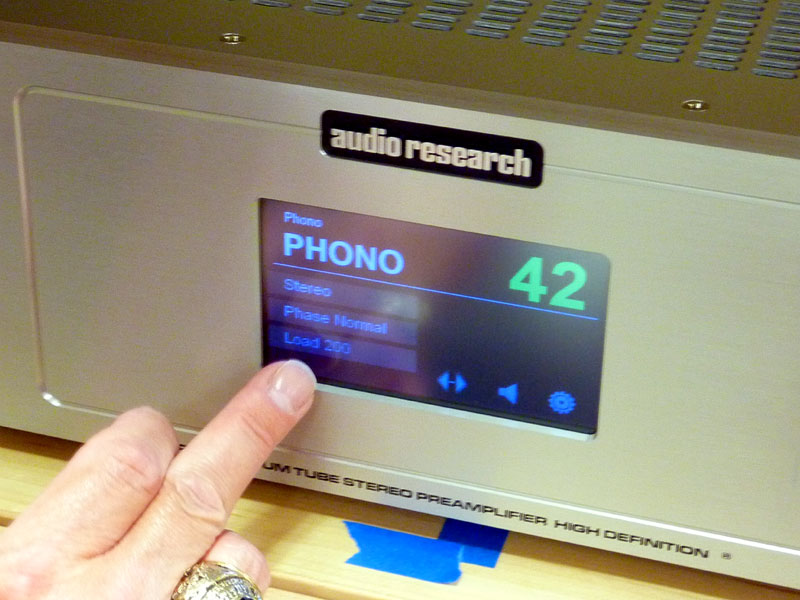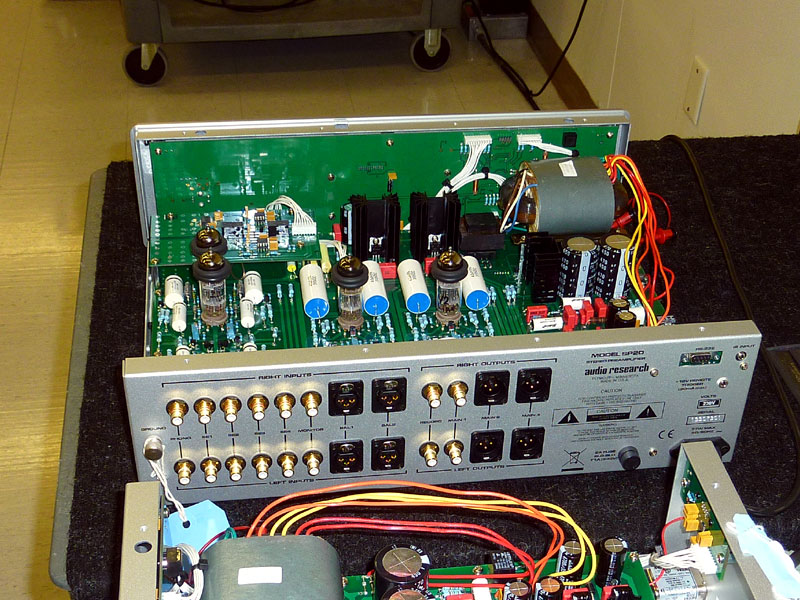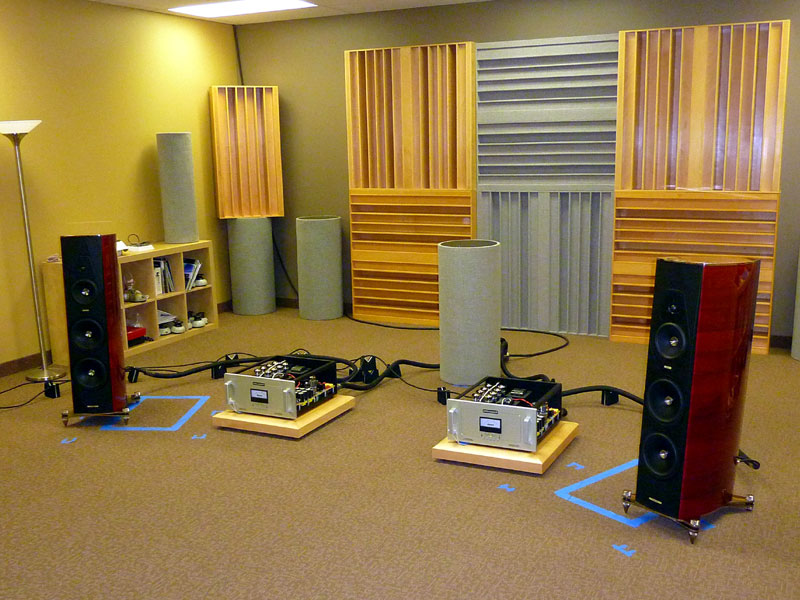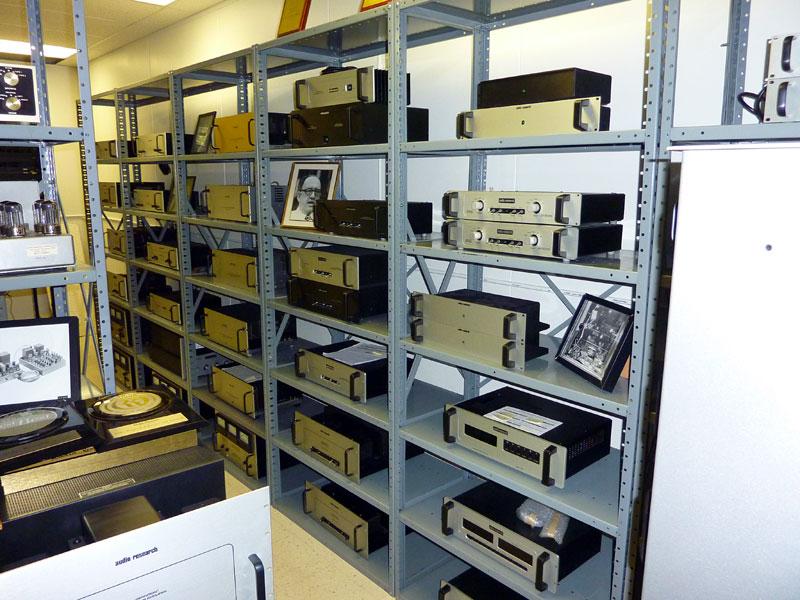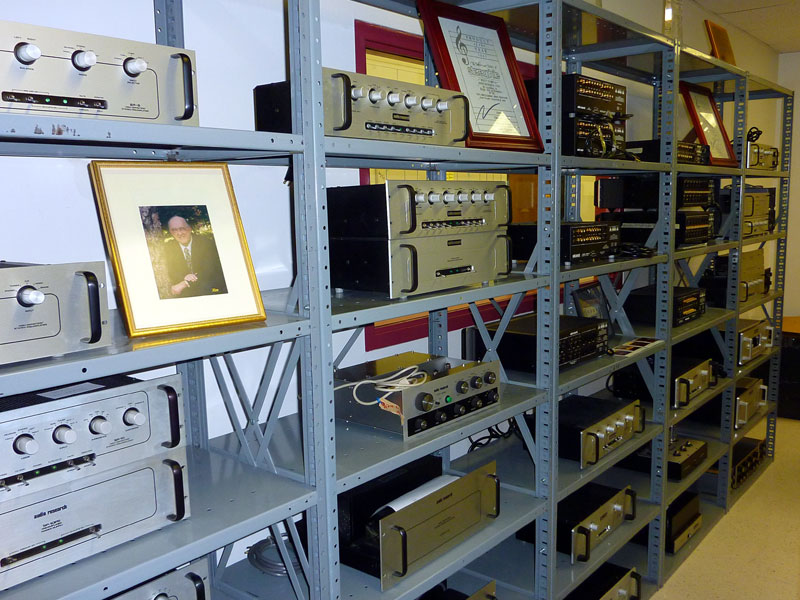First Sounds: Audio Research SP20
y annual summer trip to Minneapolis to visit the many audio companies located in the area nearly became a fall trip because of the complexity of getting everyone's schedule to align. You'll read about all of the stops in short order. One constant I knew I could count on was Audio Research having something new for me to see and hear, and this time it would be a reminder of the company's history of making full-function -- that is, with a phono stage -- preamps, the new SP20 ($9000).
Audio Research has produced over 30 different preamps during its 40+ years in the biz. Preamps have become the company's signature product. Notables include the SP3, which appeared in November 1972 at a list price of $595, the SP3-A1 (November 1975, $795), the SP6B (January 1980, $1495), the SP10 (July 1982, $3500), and the king of all vintage Audio Research preamps, the SP11 (September 1985, $4900). The quiet, wideband phono stages in each of these preamps were often the selling points, and they remain one of the reasons that older Audio Research preamps still sell briskly on the used market, along with the strong whiff of nostalgia that these vintage preamps carry with them. Many of us couldn't afford an SP11 in the day, but we can now. The desire never abates.
So a high-quality, full-function preamp seemed like a perfect move for Audio Research, all the more so given the continuing resurgence in analog playback. While the brand-new SP20 is certainly the latest member of the lineage, it's different enough from its forebears to squash any sense of nostalgia. First, the line-stage circuit is thoroughly modern, derived from current Audio Research line stages and sharing many of the same parts, including coupling caps and wiring, of the Reference products. The phono stage also uses Audio Research's tried-and-true hybrid circuit, with FETs providing the second boost in gain, which tops out at around 58dB, enough for anything but the very lowest low-output moving-coil cartridges, especially if you use the SP20 balanced, in which case you get a 6dB increase over the single-ended outputs.
The greatest change from Audio Research's early days is both cosmetic and functional. The SP20's touchscreen display gives access to all manner of functionality that buyers of those early preamps couldn't even dream about, including the renaming of inputs, the changing of the display's brightness, and my personal favorite, the ability to compensate for the differing outputs of various sources, DACs and digital players especially. Of course, there's a remote control for adjustment of most features, including phono loading. There's also a headphone jack -- perhaps another nod to the good old days. Unlike the SP10 and SP11, the SP20 doesn't have a separate power supply. It would be a miracle if it did, given its price.
Warren Gehl, Audio Research's in-house listener, was on a jazz jag when I visited, so he and I put the SP20 through its paces with one after another of Music Matters' Blue Note reissues. No objection from me -- we ploughed through sides of close to a dozen different titles, a buffet of consequential jazz. Audio Research's main listening room was itself reissued last year. The entire space was gutted and a new room-within-a-room was built in its place. It's an even quieter space now and better able to support bass, because it's not as lossy as the previous room. I know its sound well -- that happens when you visit year after year -- and I can say with confidence that the SP20 is pretty amazing, or, as Warren put it, it "approaches the sound of our Reference separates." The headphone output was as pure and explosive as I've heard, and I suspect it will hold up against the priciest headphone-only amps, while offering line-stage and phono playback in the bargain.
Back to the past: before leaving, I made a stop in Audio Research's museum of discontinued products -- "the ARChive," as I dubbed it a few years ago. Essentially no other maker of high-end electronics has the history to pull this sort of thing off -- a room that's literally filled floor to ceiling with past products: amps, preamps, phono stages, DACs, CD players, even the company's one and only surround-sound processor, most from founder William Johnson's private collection, donated back to the company after he passed away. While every product isn't represented, many of the very earliest are, including amps under the Electronic Industries name, before Audio Research was a twinkle in anyone but Bill Johnson's eye.
It seemed appropriate to end the day here, putting the
company's newest creation within the vast context of its many other products, a sea of
brushed aluminum and a shrine to high-end audio. |

